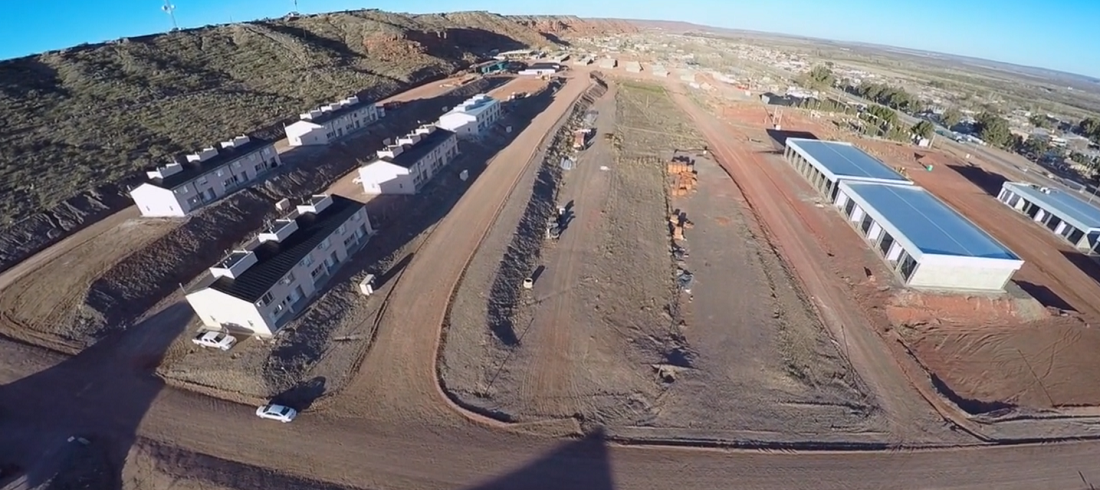
Argentina lays regulatory foundations for oil exports to Chile via Otasa pipeline
Mar, 29, 2023 Posted by Gabriel MalheirosWeek 202316
As engineers work to bring a mothballed Argentina-Chile oil duct back online, officials in the former country have unveiled a special regulatory regime.
The infrastructure, known as the Otasa or Estenssoro-Pedrals pipeline, connects Argentina’s Neuquén basin – home to the fast-growing Vaca Muerta shale play – with Chilean state oil firm Enap’s refinery in Biobío region, which supplies most of southern Chile.
Exports had been halted in October 2006 because their use had declined from 115,000b/d at its peak to around 35,000b/d, making its operation economically unviable.
Argentine state hydrocarbons company YPF, which along with Enap and a unit of US player Chevron holds the Otasa concession, recently said it expected Argentine exports to, and potentially through, Chile to resume in May, targeting a dispatch rate of 70,000b/d by the end of the year.
The new rules are tailored to cross-border infrastructure and differ from those governing exports via Argentina’s Atlantic seaports. A key difference is that producers that want to export oil via Otasa are exempt from first having to consult local refineries – a procedural step that companies that export via the Atlantic need to take to ensure local demand is met. In a context of growing oil output and limited domestic refinery capacity, producers already pump out more crude that can be processed. The country, however, still imports diesel and some premium-grade gasolines.
The authorization process is simpler, Francisco Romano, a partner at Pérez Alati, Grondona, Benites & Arntsen law firm, told BNamericas.
On the overall framework, he added: “In my opinion it’s good because it provides certainty for these exports. Simplifying authorization procedures across the entire oil-exporting segment – not just for cross-border pipeline exports – along with infrastructure development and macroeconomic measures ensuring the free flow of hard currency, will set the basis for long-term exports and overall certainty in the system.”
Romano, who is also co-director of Argentina’s Universidad Austral energy institute, said that the recommissioning of the Otasa duct and the resumption of exports necessitated the rules.
In a resolution outlining the regime, the federal energy department underscored the reasons for its introduction.
“By virtue of the operational need of cross-border pipelines to continuously have a minimum technical load of liquid hydrocarbons, and a certain range of quality of crude oil transported, as well as the continuous supply needs of importers of crude oil by pipeline, intrinsically different from the modality of exporting cargo by means of ships … it becomes opportune, meritorious and convenient to regulate in a differentiated and autonomous way the regime of authorizations for the export of liquid hydrocarbons through cross-border pipelines, in attention to logistical contingencies and technical and economic variables that imply the continuity of supply required to obtain competitive sales contracts, during the established period contractually and that brings unquestionable benefits for the development of the country’s economy.”
Argentine producers are ramping up oil production and exports, attracted by favorable prices on the international market. Neuquén province, home to the bulk of Vaca Muerta, is driving growth. Producers there, including No. 1 player by output YPF, are betting big on oil given the scope for increased foreign sales. Currency exchange controls and the private sector’s inability to repatriate all dividends, however, are seen as foreign investment headwinds.
Simplifying authorization procedures across the entire oil-exporting segment – not just for cross-border pipeline exports – is seen as a way to help spur activity.
Neuquén exported 22Mb (million barrels) of crude (roughly 60,280b/d) last year, or 22% of its total output. Fourteen drillers exported, with the biggest players by volume Vista Energy, Chevron, Shell and Petronas, representing 24%, 21%, 12% and 11% of the province’s exports.
Neuquén’s 2022 oil production exit rate was 308,660b/d, smashing the province’s all-time production record of 308,000b/d, set in October 1998. Neuquén is aiming to hit 1Mb/d by 2030. Another source of oil for export is the Golfo San Jorge basin, where BP-BC Energy Investments Corp unit Pan American Energy is a major player.
Argentina’s government views the oil and gas industry as a vital tool – particularly today, given the massive impact drought is having on grain export revenue – to support central bank foreign reserves via export dollars and, in the case of natural gas, substitution of expensive dollar-denominated LNG imports.
Source: BN Americas
To read the original report, please go to: https://www.bnamericas.com/en/news/argentina-lays-regulatory-foundations-for-oil-exports-to-chile-via-otasa-pipeline
-
Ports and Terminals
Feb, 22, 2024
0
Polar research ship to dock at Rio Grand Port on Sunday
-
Ports and Terminals
Apr, 21, 2021
0
Bid notices for Alemoa port terminals to be published in June
-
Meat
May, 08, 2019
0
Brazil ships 44.3% more pork in April
-
Economy
Aug, 15, 2023
0
Brazilian exports in 2023 reach US$ 206.868 billion

